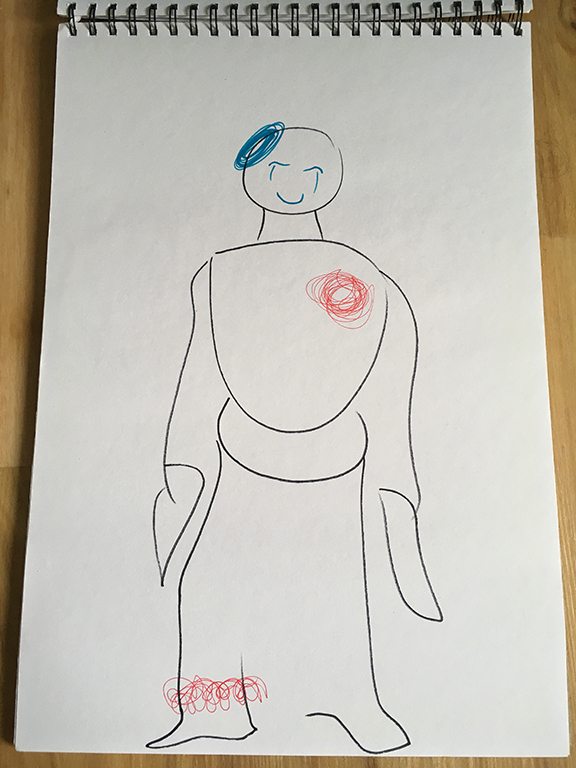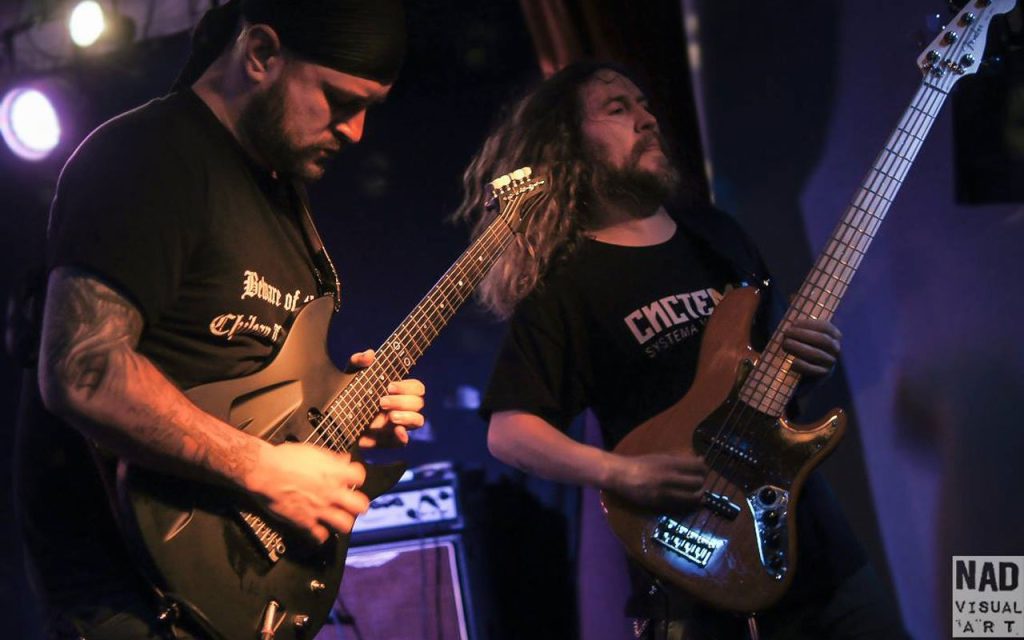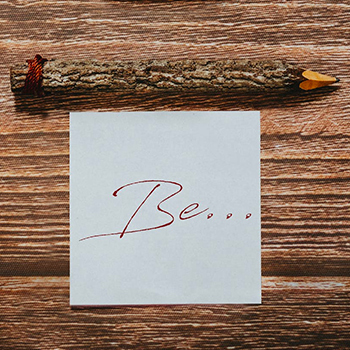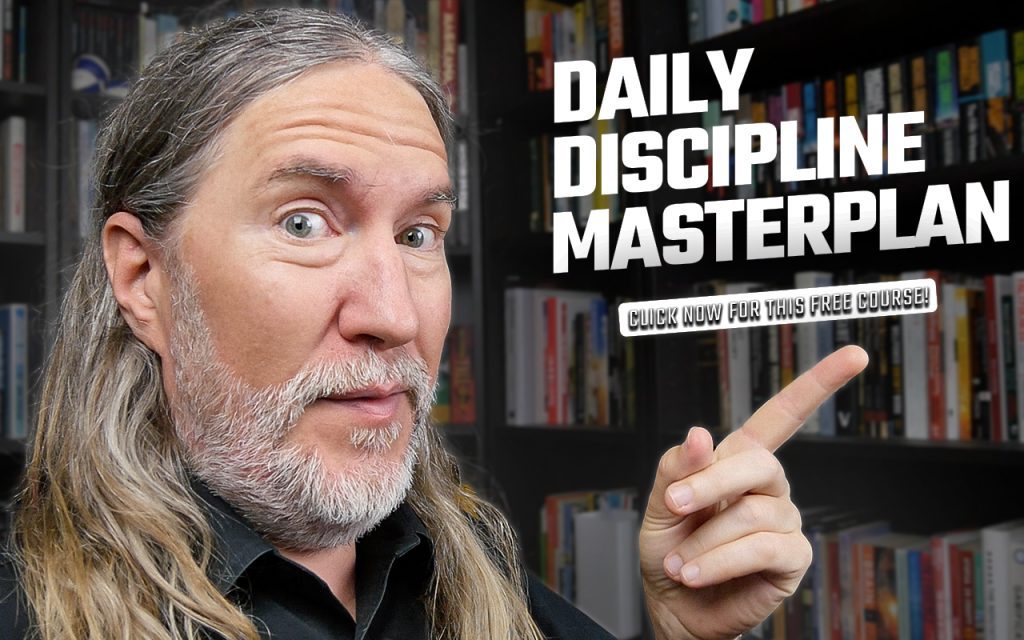A lot of people think you don’t have to do anything to just be.
For example, people in the Neo-Advaita camp and teachers of related practices preach that you don’t have to do anything to feel (or be) enlightened.
The reason such sentiments are utterly wrong can be hard to wrap your mind around. So let me try and make it as easy as possible to explain without jargon:
The reason it’s so hard to “just be” is simple. You’re reading this. You exist. Your being is secured!
Unless you have certain religious or philosophical beliefs, you didn’t choose to be here.
You don’t even know why you’re reading this page, even though you can provide the story that led you here.
So what people really want when they search for ways to “just be” is probably a combination of several things:
- Freedom from want or need
- Inner stillness
- Certainty that everything will be okay…
- Or the ability to tolerate uncertainty
And there can be a whole host of other things you might mean when you search for instructions on how to just be.
Well, to get to any kind of stillness or comfort with uncertainty, you’re probably going to have to do some things.
So let’s look at what these actions might be. And more importantly, how to get yourself to do them.
What Does It Mean To Just Be?
Personally, I feel there’s a lot right about what the Neo-Advaita people say.
The main problem is that it’s a lot of word salad and spiritual jazz.
And just as some philosophers love language games and music fans adore challenging music, the Neo-Advaitans appeal to a particular genre of person.
And that’s your first major clue:
What kind of person are you?
If you want to just be, you’re going to have to figure that out. And you’ll have to ultimately realize that you’re not just one person. You’re a bunch of reactive entities living in a meat tube. Or a “unit” as Fred Davis calls the body.
Me too. And my greatest successes with coming to peace with this mad flourishing of ideas and entities boils down to a combination of personal mantras and self knowledge practices.
Philosophy has been tremendously helpful too.
Philosophies Of Being As A Superpower
Philosophy has a whole branch devoted to being.
It’s called ontology.
And here’s the kicker:
Philosophers don’t know why we exist or exactly what being is.
That’s important to understand because philosophy exists precisely for the purposes of addressing questions for which we don’t have a scientific process.
So if you want to know more about how to just be, it really pays to dig into philosophy. And don’t expect too much from philosophy as you go. It’s designed not to know, but rather to study the process of how we come to know. Then it releases the process to science whenever a reliable process emerges.
This is just one reason why philosophy is so important.
The Science of Just Being
Now that you know about an entire tradition and means of studying being itself, let’s look at some practices that can help you dig into the state of just being.
As we go through this list, I would suggest that “flow” is a more appropriate term. Or what you call also call activating the task-positive network of the brain.
Basically, you can rig the distribution of chemicals in your brain so that you feel undivided from the unfolding of reality.
It really comes down to leaving phasic dopamine (i.e. dopamine spikes) behind in favor of a regulated state based around tonic dopamine.
So with these points in mind, let’s dive in.
One: Pain Mapping
How can you expect to enjoy just being when suffering is part of human existence?
As I shared with you in my blog on the carnivore diet gone wrong, my suffering has only grown worse.
I use a few ways to “just be” with the pain. But one that has helped me more than others is called pain mapping. It’s been shown to help relieve issues, especially when using digital tools.
But I don’t have access to such tools, nor do I want to increase my exposure to computers any more than I already experience day in and day out.
Since I know a lot about mind mapping, I looked into the topic and found that pain drawing is a thing that people do.
So I got out the biggest piece of paper I could find and drew out both where I feel really good and feel really bad.

The exercise is helpful because it connects you with the process. Instead of rejecting the sensations and letting them kick up endless thoughts, it brings you closer to their character and nature.
You can also breathe into the sensations while drawing.
Plus, you can explore the other side of the coin. The blue section in the example above represents a strange bliss I started experiencing shortly after starting the practices in Happiness Beyond Thought.
Note that you don’t have to be an artist, nor is this mean to be some kind of creativity exercise. It’s a simple personal development exercise. Just make marks on the page and explore being with the physical sensations in your body.
Two: Memory-Based Meditation
I spent years “sitting just to sit,” a concept I learned from Alan Watts.
Ultimately, I think he’s got a good thing going on. But in the end, a basic sitting meditation routine didn’t help me nearly as much as it has helped others.
As Christopher Wallis has suggested, certain practices around mantra work may have evolved to help people with busy minds.
That’s probably why memorizing long form mantras helped me so much.
So far I’ve focused on nondual mantras from the older Advaita Vedanta tradition, which I treat in a hyper-orthodox manner. In other words, I draw from it a kind of Radical Metacognition that involves questioning everything.
And using memorized questions that rapidly return my mind to the present moment:
To get started with this form of meditation:
- Pick a long form mantra
- Memorize it
- Recall it daily in a sitting, reclining or walking meditation
- Add more long form meditations
If you are interested in memorizing mantras fast, here’s how to do it in Sanskrit or any other language:
Three: Be Your Own Dog, Not Alexander’s B- – – –
I’ve told the story of Diogenes and Alexander the Great a few times on this blog before.
Basically, Alexander came to Diogenes and promised to fulfil any wish he named.
Diogenes simply said, “you’re blocking the light. Get out of my sun.”
Alexander reportedly responded that if he were not Alexander the Great he would want to be Diogenes.
This story is a perfect example of what it takes to just be.
Don’t get distracted, not even by the most incredible offer.
I recently failed to do this and wound up endlessly distracted by someone who could not not deliver on his promises.
He meant well, so well that he misrepresented the skills of his team when it comes to book production and his availability to collaborate on a project.
I can’t blame him at all, however. I’m the one who said yes to his offer to help.
And that’s because I forgot that I was doing just fine basking in the sun of my projects on my own.
What I should have said was, “Get out of my sun!”
Four: Learn Skills That Combine Body And Mind
Few things will fuse you with the present moment more than climbing mountains, practicing a martial art or playing music.
I’ll never forget the time I went on tour with The Outside. It had been years since I became their first bass player, only to rejoin and become their first.
I completely forgot that practicing in the rehearsal room and performing on stage are two different skills.

But throwing myself into the art of performance was incredible.
There’s practically zero room for thought when you’re performing.
You resolve completely into your training and simply play according to the composition, the energy of your fellow musicians and the audience.
It’s similar when you’re in the thick of things with all kinds of task-positive network activities, ranging from running, painting and even having great conversations.
The trick is to engage in them often and allow yourself to get into the thick of things without worrying so much about what people think or pushing for any particular outcome.
Five: Fuse With Nature (As Such)
We know that getting outside provides countless health benefits. There’s an entire field called ecopsychology that digs deep into the topic.
But I’m also talking about using your mind to see yourself as part of the larger framework.
To fuse with nature is not necessarily to remove thoughts about yourself or anything like that.
I mean something more like understanding yourself as part of a larger material assemblage.
In Assemblage Theory, Manuel Delanda examines how you can think and behave better in the world without falling prey to woo-woo or pseudoscience.
The message is simple, even if reading the philosophy is not.
The idea is that reality is packed with emergent properties. Your body is built from a multiplicity of cells, all of them assembled together to form “you.” But they’re also assembled with countless other agents, meaning that your life is a giant collaboration with multiple forces.
Here’s a simple way to visualize this set of assemblages:
Imagine the the air around you is not empty, but is actually a kind of jello. To breathe, you have to draw the jello into your lungs. You don’t expel hydrogen dioxide from your lungs, so much as you assemble with this jello to help carry it out of your body.
If you see the entire universe as something you assemble with at various levels, it’s much easier to just be.
So much that is happening, is just that: Happening. And you get to witness that happening in real time.
Sure, this approach is philosophical, but again, that’s the point. We actually don’t know what “nature” is and we’ll probably never know. But we do know that it’s a word we use in order to accomplish certain goals, and as we learn more about reality, it’s possible we’ll replace it for something else.
But as people go on defining and redefining it, you don’t have to join their game. You can see that you are “assembled” with the very processes that lead to the creation of definitions in the first place.
Heady stuff, I know!
But also great once you start practicing this contemplative form of just being.
The Illusion Of Separation Vs. Just Being
Ultimately, it’s the idea that you are separate from the whole of Being that causes so much suffering.
But as assemblage theory suggests, you’re not separate from it. You’re a combination of collaborative parts, temporarily “territorialized” as the body that bears your name.
So there’s a paradox at play that I outlined in the beginning.
You don’t have to do anything to just be, and the Neo-Advaitans are actually correct about that.
Yet, to become comfortable with all the crazy things the reality entails, you need certain practices to take the edge off.
As Delanda notes, communities are made up of bodies. Not just the individual bodies of humans, but also buildings like stores, churches, institutional offices. When we fall out of rhythm with any of these bodies, our social systems may punish us.
But when we can find ways to just be content with the world as it is, we can fuse with it and reduce so much suffering.
I hope these suggestions have helped you out and I look forward to any further processes you’re aware of if you care to leave a comment.
In the meantime, enjoy your Being. It’s a precious gift!
And if you enjoyed today’s post, make sure to get my free Daily Discipline Masterplan guide and video course:


